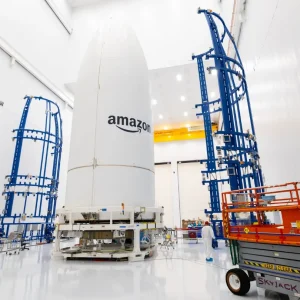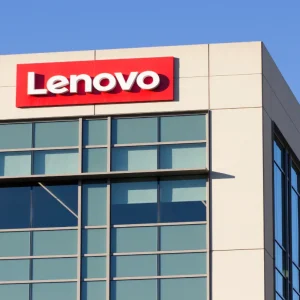
Video chat platform Zoom has launched a new native enterprise content delivery network (CDN) to help customers reduce the risk of lag and buffering during live-streamed events. Known as Zoom Mesh, the native eCDN was built to reduce internet bandwidth usage and remove the need for third-party tools.

The company says Zoom Mesh is designed to help administrators optimise the network bandwidth by eliminating identical streams and relaying media between users connected from the same location. This could involve all Zoom connections within the same office going through a single point, rather than multiple streams heading out at once.
“In more technical terms, it relies on peer-to-peer technology to improve bandwidth utilisation by reducing the number of simultaneous media streams traversing the enterprise WAN edge,” Alex Shneyderman, senior product manager at Zoom explained.
The company reports about a half-second lag time for clients compared to up to two seconds with other eCDNs streaming Zoom Events and Webinars.
CDNs are not a new idea. The first was launched by Akamai in 1998 to speed up delivery of software downloads. Modern CDNs focus more on video streaming and edge networks allow for even faster delivery, by relaying data as close to the user as possible. Most internet services rely on CDNs, meaning an outage can have massive consequences.
Enterprise content delivery networks (eCDNs) use technologies such as multicasting, caching, and peer-to-peer forwarding to improve organisation bandwidth utilisation for broadcast-style, one-to-many media streaming events. These include all-hands webinars and town halls that are bandwidth intensive.
Zoom eCDN: coping with distributed demand
As companies have become more distributed, not just through home working but through offices around the world, eCDNs have proved essential to manage the bandwidth and reduce the lag associated with large video streams with multiple simultaneous connections.
Zoom says Mesh could potentially reduce bandwidth consumption at a single location by an order of magnitude by combining streams. The configuration required to deliver this saving is created ten minutes before the start of the event and dynamically adjusted as the event goes on. It’s best suited for a large webinar rather than a meeting with lots of speakers.
“We built Zoom Mesh not only to minimize bandwidth constraints but also to help organizations lower costs by removing the need for third-party eCDN solutions,” said Shneyderman in a blog post. “And, because Zoom Mesh is easy to enable, you’ll be up and running quickly to minimise disruptions to your livestreaming content and maximise the full potential of Zoom Webinars and Zoom Events.”
Zoom Mesh works for anyone connected to an internal network and still allows users to use the native features of Zoom Events and Webinars, including Q&A, polling, chat and surveys even when streams themselves are merged.
It is built as an overlay on the existing Zoom Webinars and Zoom Events framework without negatively affecting its performance. It can scale to tens of thousands of users across hundreds of locations without any notable impact on the client or user performance.
Administrators will have access to a console where they can monitor mesh performance, measure webinars and event bandwidth as well as gain insights into attendee endpoint performance, as well as analyse ROI.
This means companies no longer need to use third-party tools to shape the bandwidth which can cause some of the features related to the native clients to become unavailable, Zoom says. They can also be costly to deploy as they require proprietary clients.
“Zoom Mesh addresses these third-party eCDN limitations by providing native integration with Zoom clients and backend, and allows webinar hosts and attendees to experience the solution’s full features, and ensures viewers can engage in your content,” Shneyderman wrote. “Because nothing is installed on-prem, Zoom Mesh can be enabled by an IT administrator in minutes and is fully customizable to address the requirements of even the most complex corporate networks out there.”






